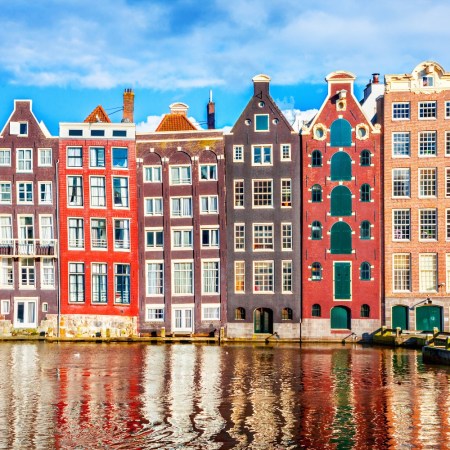Earlier this year, an article at Metropolis explored the ways that 3D printing is making an impact on architecture. “[T]he possibility of automation soon becoming the norm in construction is not so farfetched, addressing construction efficiency, sustainability, and even labor and housing shortages,” wrote Sam Lubell. And while Lubell’s article also outlined some of the ways in which this method raised concerns — including questions over sustainability.
Even so, the idea of 3D printing playing a growing role in the world of architecture, engineering and construction seems like a solid bet. And now, another bold step has been taken — the residents of Amsterdam can now walk over a steel bridge that was 3D printed.
Writing at Business Insider, Andrea Núñez-Torrón Stock and Qayyah Moynihan described the process that led to the creation and construction of this particular structure. The process of creating it included four years of research and six months of printing, with the resulting bridge weighing 4.9 tons.
The article also notes that the process of building the bridge involved robots using welding torches. Hopefully this isn’t how the inevitable robot uprising begins, but one never knows.
Imperial College London created the bridge, and they’ve also attached sensors to it so that they can monitor data on how the bridge is used. It’s situated in the city’s Red Light District, and allows pedestrians to cross the Oudezijds Achterburgwal. It’s the largest 3D-printed structure of its kind in the world — and it might offer a glimpse of the industry’s future.
Thanks for reading InsideHook. Sign up for our daily newsletter and be in the know.


















